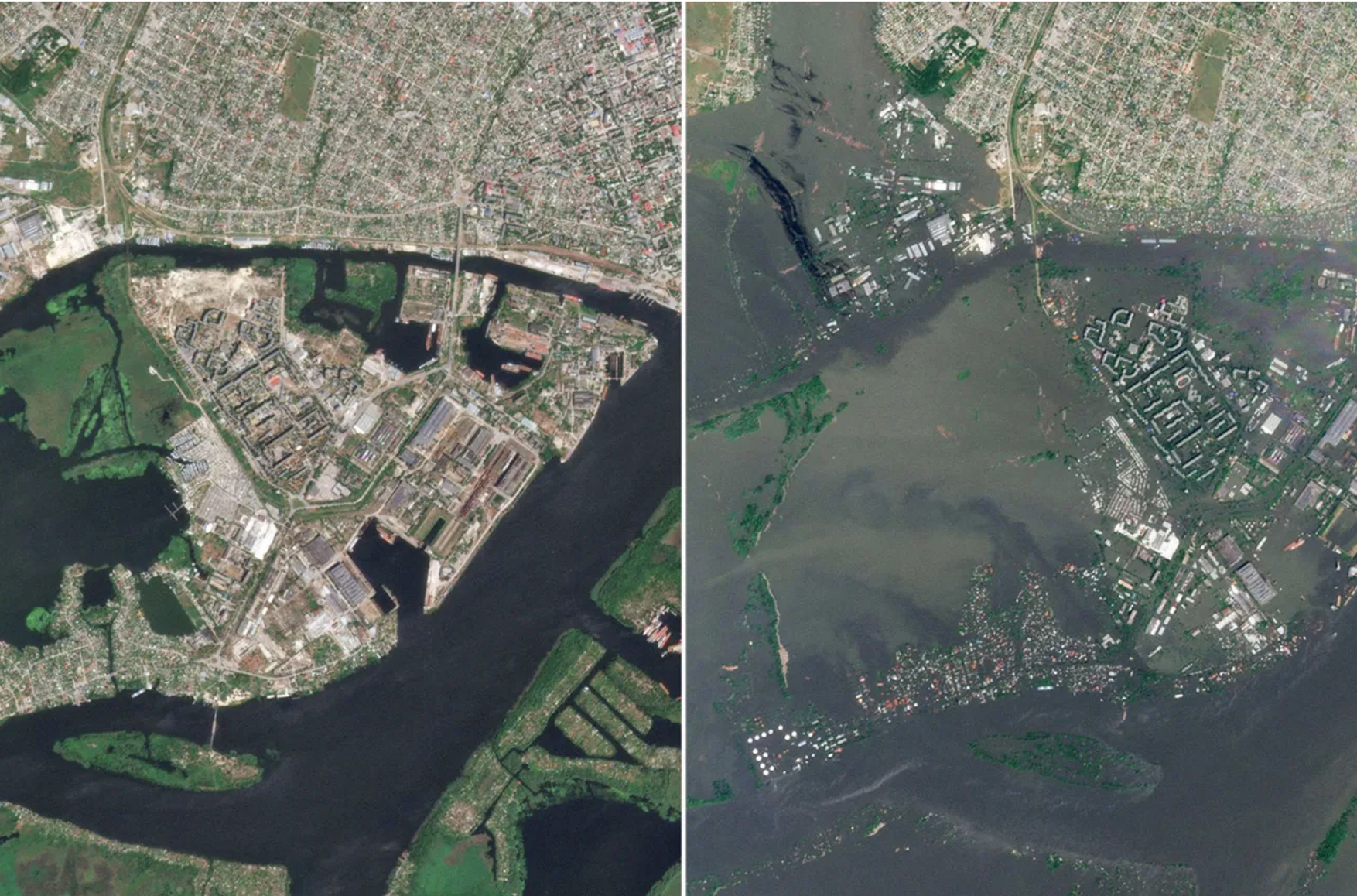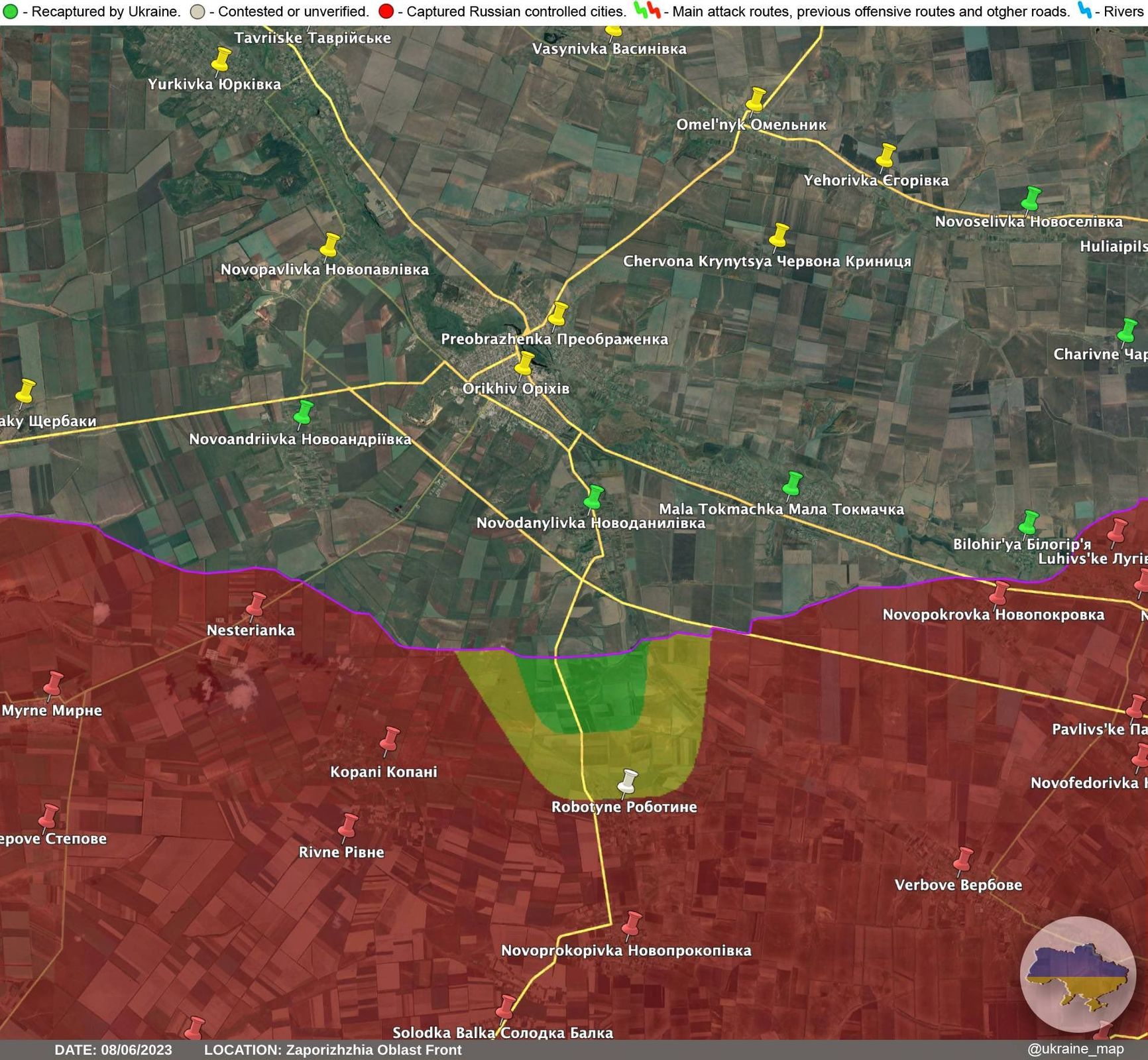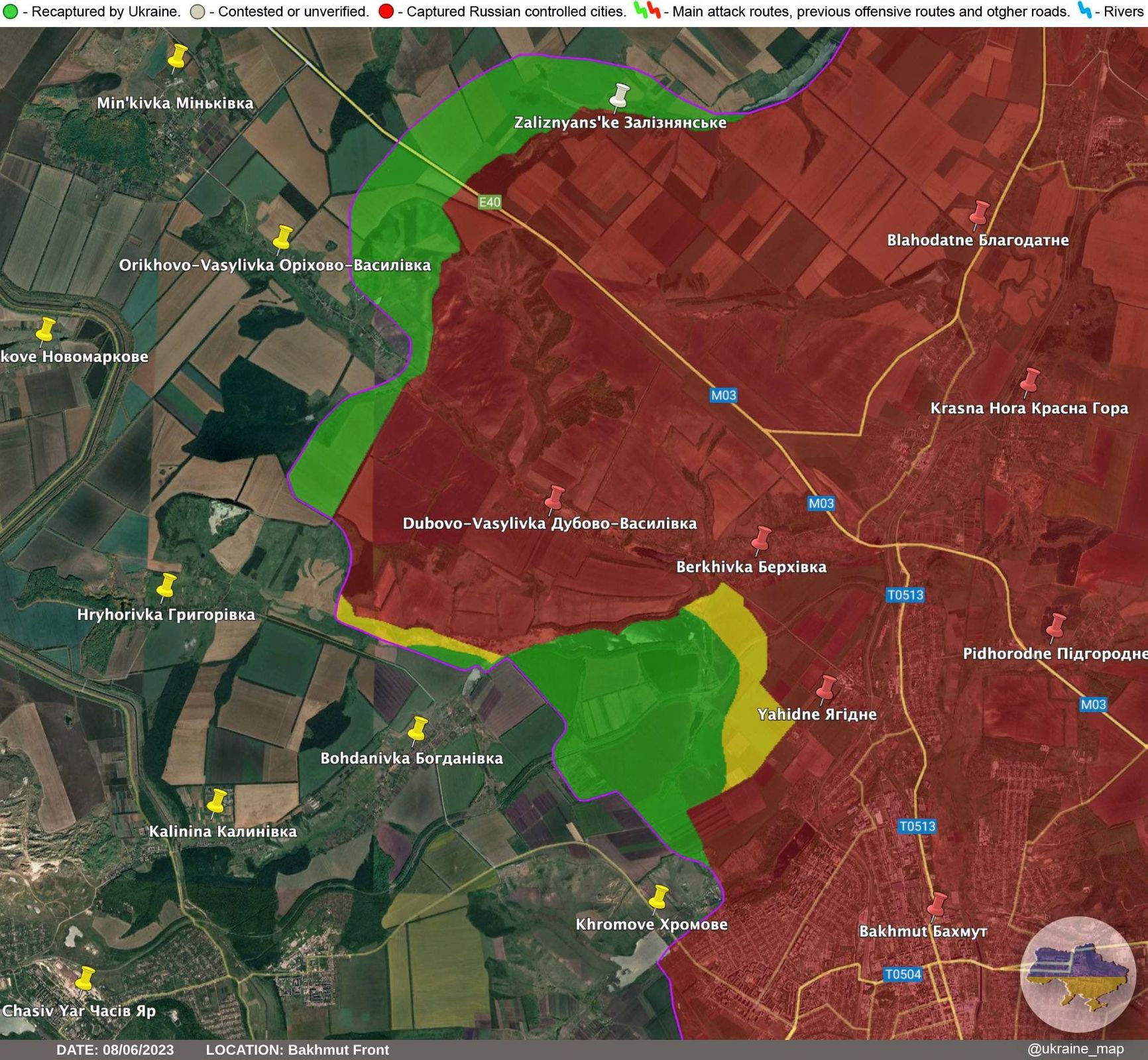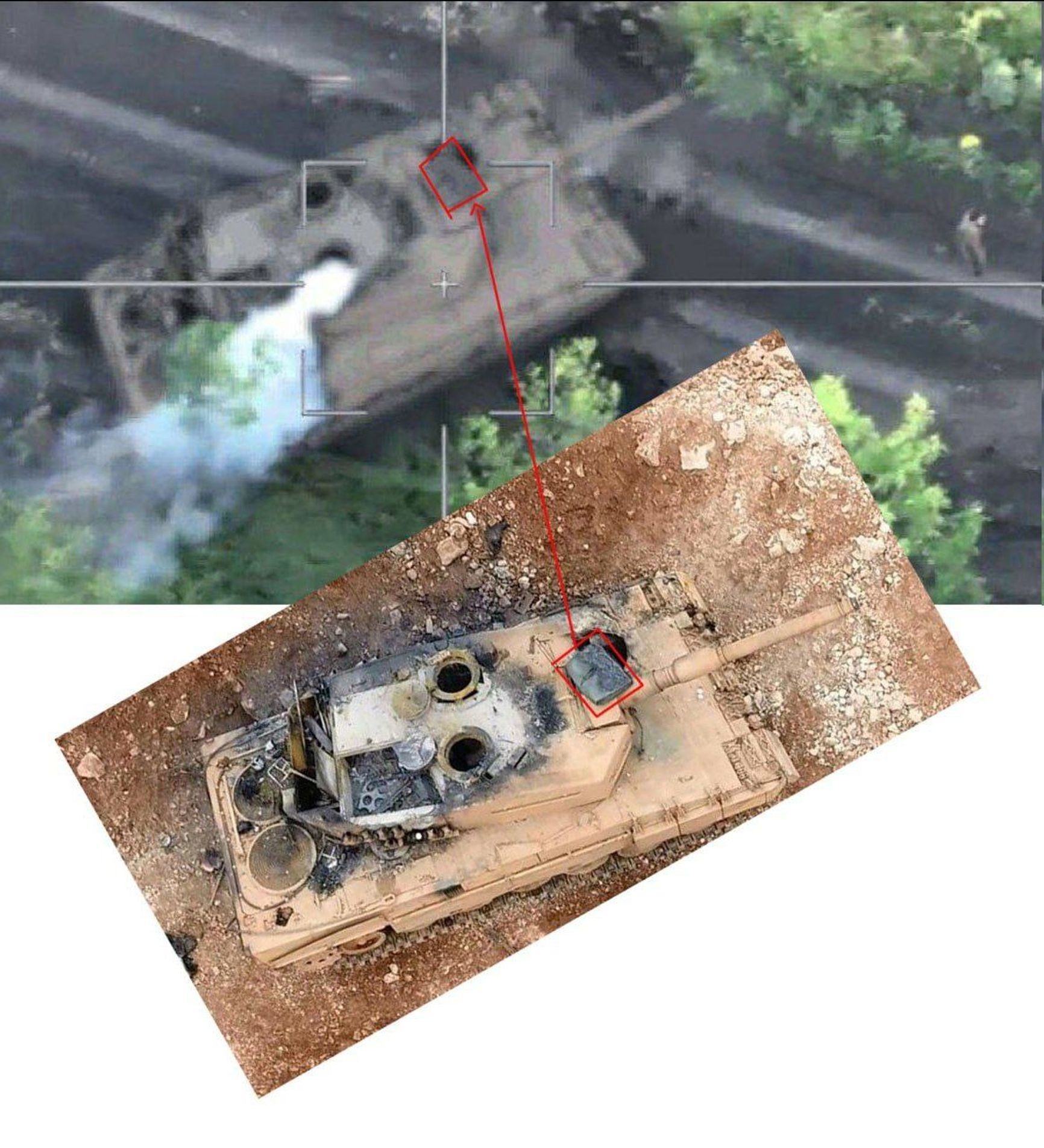
In today's summary:
- Evacuation of the Kherson region;
- Seismic readings point to Kakhovka dam being blown up;
- Ukrainian President Volodymyr Zelensky visits flood-affected areas;
- Residents of occupied Dnipro left bank barred from evacuating from the area;
- Crimea prepares for drought.
What destroyed the Kakhovka dam
What exactly caused the destruction of the dam at the Kakhovka Hydroelectric Power Plant (HPP) is still not clear. The UK, following the US, has refused to blame Russia for the destruction of the dam and the subsequent flooding of the Kherson region. Prime Minister Rishi Sunak said that British intelligence services were processing information about the dam's collapse in a joint effort with the country’s military.
“I can't say that definitively yet. You know, our security and military services are working through it. But if true, if it does prove to be intentional, it will represent a new low. It's an appalling act of barbarism on Russia's part,” Sunak told ITV.
Meanwhile, NORSAR, a Norwegian independent seismic monitoring foundation whose primary mission is to monitor compliance with the Comprehensive Nuclear-Test-Ban Treaty (CTBT), says seismic signals indicate that there has been an explosion at Nova Kakhovka Dam.
Mykola Kalinin, deputy technical director and chief engineer at Ukrhydroproekt, commented that the destruction could not have been caused by a strike from the outside. According to Kalinin, the destruction was caused by a deliberate explosion from within the dam itself.
“I assume that there must have been several simultaneous powerful explosions from the inside. Most likely, the dam itself and the HPP building, where the hydroelectric units are installed, were mined. I emphasize again – mined from the inside. The fact that you did not hear a powerful explosion can be explained by the fact that the explosives were placed deep inside the hydroelectric plant, in the interior rooms, below the water level.”
Situation on the front line
The evacuation of residents of the Kherson region on both banks of the Dnipro River continues. Residents on the Russian-occupied left bank of the Dnipro are faced with the fact that the occupation authorities do not allow rescuers – particularly volunteers – to enter the flooded area for fear of sabotage groups passing through. Because of this, many local residents are unable to leave the flooded areas, with many sitting on the roofs of houses. Many messages with requests for rescue are coming from the town of Oleshky.
30 people with hypothermia were taken to a local hospital, according to a report by the head of the Oleshky Civil-Military Administration, Tetiana Hasanenko. According to Hasanenko, local residents simply cannot leave the flooded area, as the Russian military is not letting them through.
Initial data on flood-related deaths is also starting to appear. Oleshky Mayor Yevhen Ryshchuk said that at least three people are already confirmed to have died. He added that the city was 90% flooded.
Ukrainian President Volodymyr Zelensky has already visited the Kherson region. He discussed issues of evacuation and the prospects for restoring and rebuilding the affected areas.
“It is important to calculate losses and allocate funds to compensate residents affected by the disaster and to develop a program to compensate losses or relocate businesses within Kherson,” the president's press service said in a statement. He also visited the crossing in Kherson, which is used to evacuate people from the flooded areas.
The water supply of the Nikopol district of the nearby Dnipro region is in question – the water in two of the three largest reservoirs has receded by more than 30 meters, reported Ukrainian news agency Unian.
The flooding carries risks for the Zaporizhzhia Nuclear Power Plant (NPP), which draws water from the Dnipro to cool down its reactors. Earlier, experts told The Insider that the situation is currently not critical, adding that their assessment was merely short-term.
The head of the International Atomic Energy Agency (IAEA), Dr. Rafael Grossi, said the situation at the NPP will become dangerous in a few weeks if nothing is done to prevent the plant’s reactors from heating up.
“Certainly there is a danger, perhaps in a few weeks or a month, but something needs to be done,” said Dr Grossi. “We don't want to create panic here but it is a serious situation because normally you would need to have a guaranteed amount of water circulated in those reactors. If you start losing this ability then you're going to have a problem. The problem may be pushed down the line in a few days or weeks, but the problem is going to be there.”
Satellite images of water spreading over the territory of the left bank of the Dnipro River are also being circulated online. A report by Unian citing the local department of the Ministry of Internal Affairs said that the rate of increase of the water level has subsided.
There is still no evidence of Russia's involvement in the disaster at the Kakhovka hydroelectric power plant, Ukrainian President Volodymyr Zelensky said in an interview with the German publication Bild. “What evidence can we have? When we are on the spot, we will gather evidence,” Zelensky said. According to the president, international experts should also be involved.
At the same time, the White House was confident in naming Russia as the culprit of the disaster. In a briefing on June 7, the Biden administration’s Press Secretary, Karine Jean-Pierre, noted that the US is still gathering information about the incident, but the responsibility in any case lies with Russia, which unleashed the invasion of Ukraine in February 2022.
“Russia has no business to be there in the first place. And, you know, Russia — this dam was under Russia’s control, and they bear responsibility for the destruction caused by this war. And we will do everything that we can to support the people of Ukraine at this difficult time,” said the spokeswoman.
Source: Suspilne Kherson
Source: Suspilne Kherson
Source: Suspilne Kherson
Source: Suspilne Kherson
Source: Suspilne Kherson
Despite the flooding and Russia's inability to evacuate people from the occupied territories, the Russian military has continued shelling the Kherson region. Numerous witnesses, in particular volunteers who try to rescue people and animals on their own, have confirmed the strikes.
“Just now the terrorists shelled the city of Beryslav and the Beryslav region with guided aerial bombs, and we are just now establishing the consequences of these bombings, so we can once again state that the Russian regime is showing its terrorist face,” said head of the Ukrainian Interior Ministry Ihor Klymenko.
Footage of a shell hitting the water next to volunteers who are moving in a boat on a flooded street has been circulated on social media. Sky News journalist Alex Crawford filmed local residents scattering in panic from an evacuation point after a shell struck a nearby area. The head of the Kherson Regional Military Administration reported that nine people were injured in the shelling, including rescue workers, a police officer, a doctor and a volunteer from Germany.
Meanwhile, the Russian-appointed “head” of the Kherson region, Vladimir Saldo, claimed that Ukrainian troops shelled an evacuation point near Hola Prystan on the left bank of the Dnipro River. According to Saldo, two people were killed and two more were taken to hospital.
According to experts at the US-based Institute for the Study of War (ISW), the Russians had a strong motive to blow up the Kakhovka Dam. Before the dam was destroyed, Russian propagandists were actively expressing concern about the possible crossing of the Dnipro by the Ukrainian army and were convinced that it was almost inevitable.
“The clear concern in the Russian military information space, however, shows that the fear of such a crossing and belief that it was either underway or imminent was present in the minds of Russians closely following the war shortly before the dam was destroyed,” wrote the organization’s analysts.
On June 6, The Insider reported that a week before the explosion at the Kakhovka HPP, the Russian government passed legislation allowing to forgo the investigation of accidents and terrorist acts at hazardous facilities.
The ISW also reported that the flood actually washed away the Russian line of fortifications on the left bank of the Dnipro River. According to the ISW’s experts, the flood is strongly affecting the positions of Russian troops on the left bank of the Dnipro. Judging by satellite images, water streams are destroying Russian defensive fortifications, especially in the areas of Hola Prystan and the town of Oleshky.
In places along the Russian defense line, the water has reached the height of a one-storey home. ISW’s experts believe that the situation on the left bank will change drastically within 72 hours.
A map compiled by Agence France Presse shows how the Russian defensive lines have been affected.

Shelling and sabotage
Donetsk region. The town of Ukrainsk in the Donetsk region was struck by the Russian military, killing three people, including one child, and wounding four more children and one adult, according to a report by the head of the Office of the President of Ukraine, Andriy Yermak. Fourteen high-rise buildings and two private houses were damaged as a result of the shelling.
Shelling in Luhansk. According to preliminary data, three industrial facilities were shelled in the city of Luhansk. Smoke columns geolocated in the video indicate that the blow came from the industrial zone. The strike was most likely carried out by a British Storm Shadow cruise missile. Images of wreckage of one of these missiles was later posted online.
Ukrainian counteroffensive. The Russians are destroying and building dams in the Zaporizhzhia region to complicate the counteroffensive by the Armed Forces of Ukraine (AFU), reported the Ukrainian Center for Investigative Journalism.
A video allegedly showing soldiers of the AFU’s 37th Marine Brigade making an address saying that the command had sent them to Novodonetske with an order to “go there, as there's no one [of the enemy] there.” The Ukrainian soldiers claimed that upon arrival, they faced mortar fire and drone strikes. The unit suffered casualties, but many of its members managed to escape. The fighters are asking for a change of command, which they claim sent them into combat without any support.
Russian pro-war channels wrote that Ukraine’s much-awaited counteroffensive has begun.
According to self-styled “war correspondent” and blogger Semyon Pegov, the front line is seeing “heavy battles that have not been seen in a long time.”
“In the Orikhiv-Tokmak direction, our troops are trying to dislodge enemy infantry from the forward positions they have occupied. Unfortunately, there are casualties, which is natural for such dense fighting. At the same time, AFU artillery does not reduce its intensity, and heavy shelling of our lines continues. Our artillery is working in response. It is reported from the scene that another tank, which looks like a German Leopard, has been destroyed. According to one of the participants, he has not seen such heavy fighting for a long time.”
Bild columnist Julian Röpcke also wrote of the Ukrainian offensive in Zaporizhzhia region in the direction of Tokmak and Polohy. The AFU General Staff, however, denied claims of a counteroffensive, according to a Reuters report. A map of the AFU advance towards the village of Robotyne is published by the Ukraine Battle Map project.

The AFU is continuing to counterattack in the Bakhmut area. A video recorded by mobilized soldiers of Russia’s 1307th regiment, which holds positions near Berkhivka on the northern flank of the Bakhmut direction, is being circulated online. They complain about the lack of support, communications, ammunition and even provisions and estimate that just up to 30% of the regiment’s soldiers remain in action.
Wagner PMC-affiliated Telegram channel Grey Zone published drone footage, which it claims showed Ukrainian positions in the vicinity of Berkhivske Reservoir, as well as video showing Russian positions close by being shot through by the AFU.
The situation on the northern flank of Bakhmut, according to Ukraine Battle Map, has been proceeding as follows:

Ukraine is also continuing to advance south of Bakhmut. Soldiers of the AFU’s 3rd Assault Brigade, which operates in this direction, show captured Russian military documents and a chevron from the Russian 57th Separate Motorized Rifle Brigade.
Water and Crimea
The destruction of the Kakhovka HPP has led to a drought in Crimea. The region’s Russian-appointed “authorities” claimed that they understood the severity of the situation, and are responding by collecting water in reservoirs from the North Crimean canal, which will gradually become shallow, said “regional governor” Sergey Aksenov.
SBU Major-General Viktor Yahun, a noted Ukrainian military officer and public figure, previously warned that the destruction of the dam will lead to the disruption of Crimea’s water supply in a conversation with The Insider.
“In Crimea, everything is very simple. The Kakhovka Reservoir was built in 1958 to provide water to Crimea. It was only later that a nuclear power plant was built, which was also fed with water from there. If the Kakhovka Reservoir goes down by as little as five meters, this canal will cease to exist and will not be able to pump water.
At this point, there is already no water in the city of Kerch [in the east of Crimea]. No one there expected such a disaster and such consequences. The explosives were put there long ago, and they were trying to either destroy the [power] station itself or the canal. Given that [Ukraine] had also damaged the road [over the dam] before, they did not calculate the power of the explosion and got what they got.”
Losses
Russian pro-war channels report that the AFU lost “dozens of pieces of equipment” during an armored group offensive near Orikhiv (Zaporizhzhia region).
“At night there was the strongest pressure on our positions from the enemy in the Orikhiv direction. The enemy was coming in waves. At least two attacks were repelled by our military. Unseen before. [...] The enemy managed to occupy some heights, but as a whole no deep breakthrough was achieved during this night. Eyewitnesses wrote that the enemy is throwing unit after unit into battle. A lot of equipment. Our aviation [groups] are rotating over and over. A lot has been destroyed. It's a real harvest,” a pro-war Telegram channel Zapiski Veterana (“Notes of a Veteran”) reported .
The propagandists claim the assault by the AFU is an attempt to cut off the land corridor to Crimea.
Photos of allegedly destroyed Leopard tanks are being circulated on social media. These images were in fact taken in Syria – long before the Russian invasion of Ukraine.

The Russian Defense Ministry has also published a video, which, as confirmed by researchers of the Ukraine Weapons Tracker project, depicts a destroyed Leopard 2 tank.
Arms supplies
Russian Defense Minister Sergei Shoigu has paid an official visit to “arsenals and storage bases of armored vehicles of the Western Military District.” The footage shows BTR-82A armored personnel carriers, BMP-2M infantry fighting vehicles (IFVs) with Berezhok combat modules, and Soviet-era T-80BV tanks. In a video published online, Shoigu is seen listening to reports on the imminent supply of new equipment to the front, and he (seemingly demonstratively) demands to speed up the process. The minister also speaks of apparent results of battles in the Zaporizhzhia direction. The question remains as to why the equipment is sent from factories to storage bases, and not directly to the combat zone.
New images of a Leopard 2 tank in service with the AFU have also appeared online – judging by the tactical markings, the tank is ready for the offensive. The tank does not appear to be equipped with additional Kontakt-1 explosive reactive armor blocks, in spite of a popular military meme mocking their installation on Soviet, Russian and recently Western tanks.
The German government website has updated information on the supply of equipment and weapons to Ukraine.

A Bandvagn 206 all-terrain vehicle
According to the new list, Germany has transferred a batch of Bandvagn 206 all-terrain vehicles, reconnaissance drones, anti-drone systems, ammunition for Gepard anti-aircraft guns, armored vehicles for border guards, trucks and dry rations to the Ukrainian military.